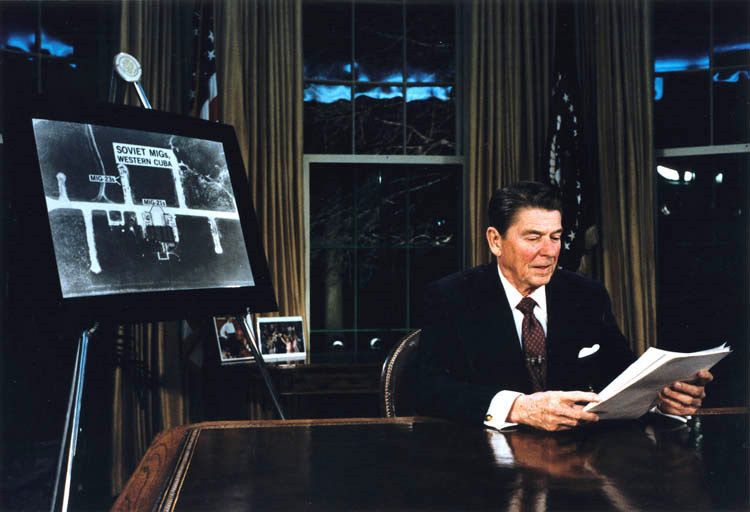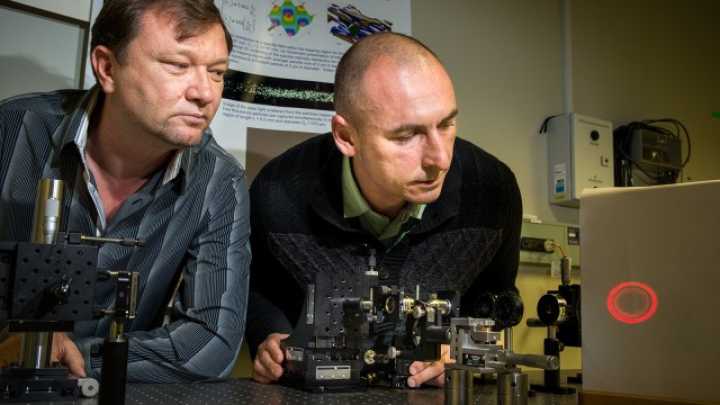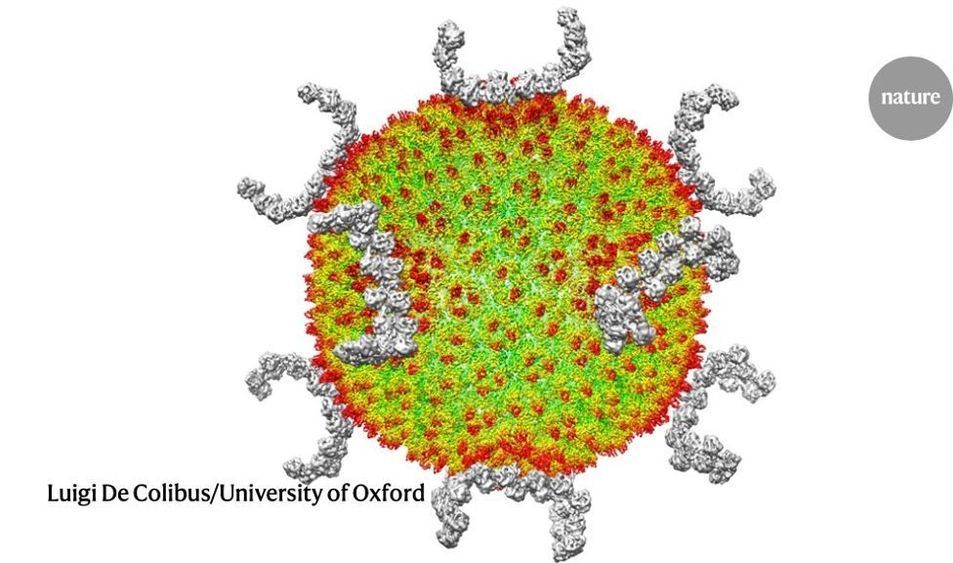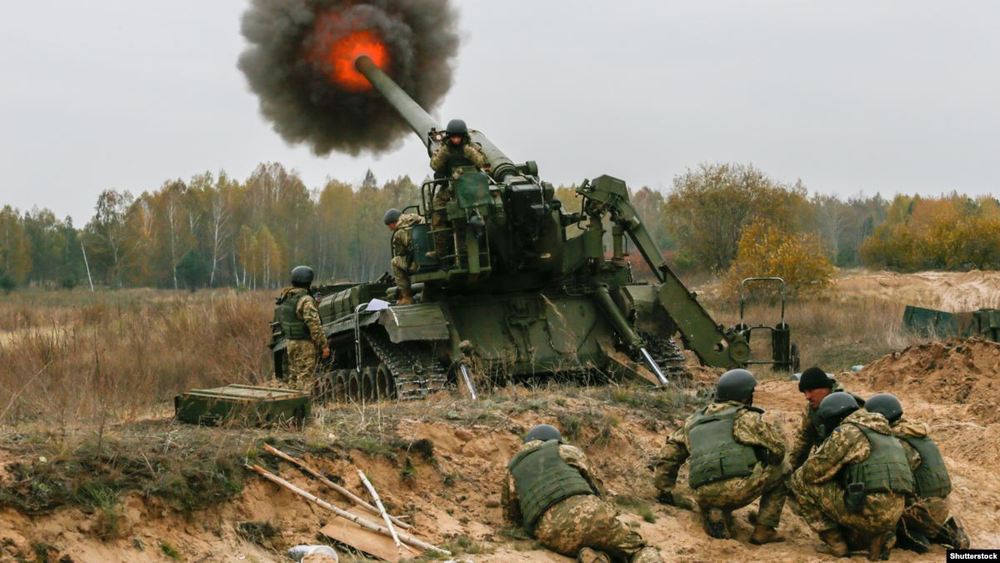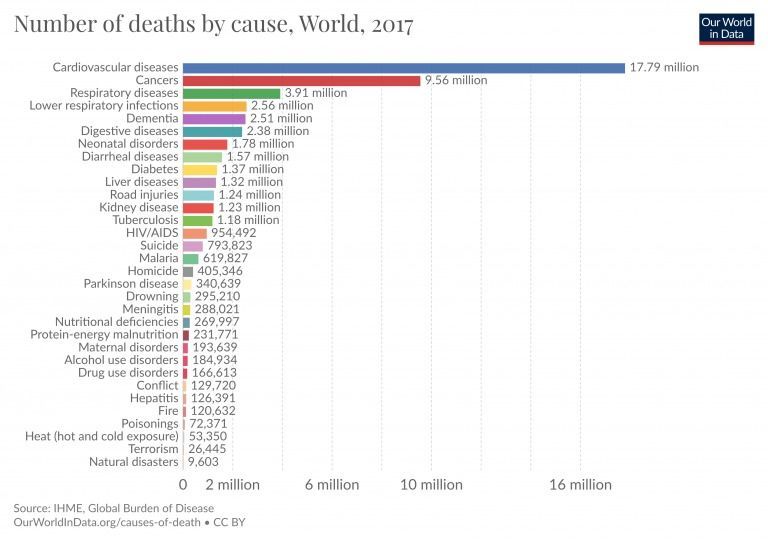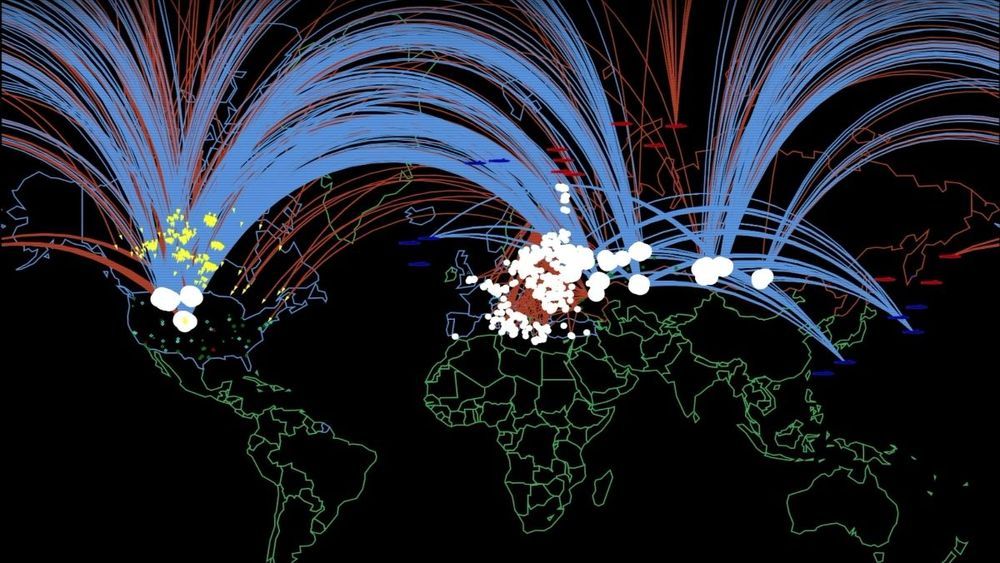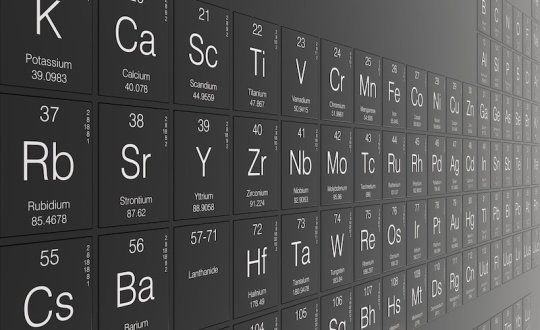Jan 22, 2020
Nuclear Pumped Lasers and the Strategic Defense Initiative
Posted by Quinn Sena in categories: energy, military
Circa 2018
In 1963, L. Herwig proposed the nuclear pumped laser, based on the idea that the ions produced from nuclear reactions can be used as a driver for the laser medium. Since high power and high efficiency lasers with short wavelengths require high pumping power densities, nuclear pumping is an extremely appealing method. Nuclear pumped lasers could therefore direct significant amounts of energy emitted in a nuclear explosion into a very narrowly collimated beam. This beam would not only be able to destroy or damage targets from very long ranges, but also preclude subsequent use due to its own self-damaging mechanism to the initial weapon. [1] This system would ultimately constitute “a ‘third generation’ of nuclear weapons, the first two generations being the atomic (fission) and the hydrogen (fusion) bombs,” according to Edward Teller, also known as “the father of the hydrogen bomb”. [2] In this sense, it would be able to target energy toward specific targets instead of spreading energy into all directions.
Strategic Defense Initiative
Continue reading “Nuclear Pumped Lasers and the Strategic Defense Initiative” »
